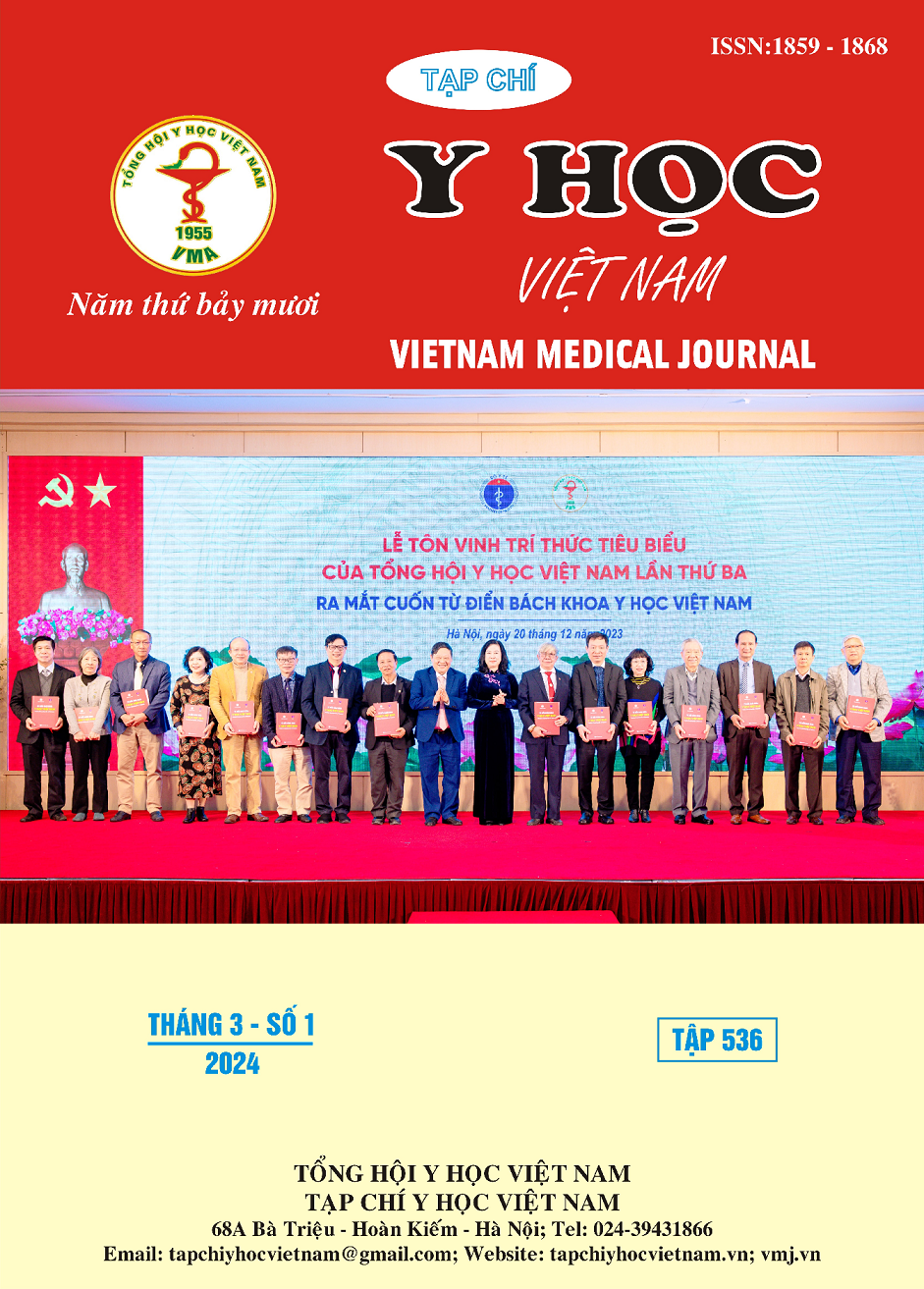THỰC TRẠNG SA SÚT TRÍ TUỆ VÀ MỐI LIÊN QUAN VỚI YẾU TỐ GIỚI TÍNH
Nội dung chính của bài viết
Tóm tắt
Đặt vấn đề: Sa sút trí tuệ là một hội chứng tiến triển mạn tính, suy giảm các lĩnh vực nhận thức và ảnh hưởng đến khả năng tự chủ trong sinh hoạt hàng ngày. Hiểu rõ hơn về giới tính và sự khác biệt về giới tính tác động lên tiến triển của bệnh sa sút trí tuệ sẽ giúp cải thiện khả năng phòng ngừa các yếu tố nguy cơ và cải thiện chức năng nhận thức. Mục tiêu: Xác định tỷ lệ bệnh nhân sa sút trí tuệ theo giới tính và mối liên quan với một số yếu tố. Đối tượng và phương pháp nghiên cứu: 399 bệnh nhân sa sút trí tuệ tại hai huyện Thanh Miện và Gia Lộc, tỉnh Hải Dương năm 2021-2022. Kết quả: Tỉ lệ bệnh nhân SSTT là nữ giới chiếm đa số với tỉ lệ 72,4%. Tỉ lệ nữ giới không đi học cao gấp 1,5 lần so với nam giới (63,7 so với 43,6%). Tỉ lệ nữ giới mắc SSTT làm nông dân cao gần gấp đôi nam giới (82,7% so với 49,1%). Tỉ lệ nữ giới sống cùng bạn đời thấp hơn so với nam giới (56,1 so với 74,5%). Nữ giới có tỉ lệ nhẹ cân và nặng cân cao hơn so với nam giới (27,7 so với 16,4% và 6,2 so với 4,6%). Tỉ lệ nam giới mắc tai biến mạch máu não cao hơn nữ giới (36,4 so với 20,8%). Tỉ lệ lạm dụng rượu và phụ thuộc nicotine ở nam đều cao hơn của nữ (33,6 so với 14,9%; 40,9 so với 22,5%). Kết luận: Những yếu tố liên quan ở nữ bao gồm: trình độ học vấn, nghề nghiệp, có bạn đời và tình trạng nhẹ cân. Những yếu tố nguy cơ ở nam giới: tai biến mạch máu não, lạm dụng rượu và phụ thuộc nicotine.
Chi tiết bài viết
Tài liệu tham khảo
2. Nguyen, T.A. and L.T. Giang, Factors Influencing the Vietnamese Older Persons in Choosing Healthcare Facilities. Health Serv Insights, 2021. 14: p. 11786329211017426.
3. G, R., Developing National Dementia Plans and Setting Priorities. The 1st Vietnam National Dementia Conference: Dementia as a public health priority – the need for the development of Vietnam’s national dementia plan, 2018.
4. Bank, T.W. GDP per capita (current US$) - Vietnam. 2022; Available from: https://data.worldbank.org/indicator/NY.GDP.PCAP.CD?locations=VN.
5. Nguyen, T.A., et al., Use of potentially inappropriate medications in people with dementia in Vietnam and its associated factors. American Journal of Alzheimer's Disease & Other Dementias®, 2018. 33(7): p. 423-432.
6. Khanh, D.V.D., et al., Prevalence of dementia among the elderly and health care needs for people living with dementiain an urban community of central Vietnam. 2015.
7. Fujishiro, K., et al., The role of occupation in explaining cognitive functioning in later life: Education and occupational complexity in a US national sample of black and white men and women. The Journals of Gerontology: Series B, 2019. 74(7): p. 1189-1199.
8. Tang, X., et al., Relationship between Central Obesity and the incidence of Cognitive Impairment and Dementia from Cohort Studies Involving 5,060,687 Participants. Neurosci Biobehav Rev, 2021. 130: p. 301-313.
9. Kling, M.A., et al., Vascular disease and dementias: paradigm shifts to drive research in new directions. Alzheimers Dement, 2013. 9(1): p. 76-92.
10. Reitsma, M.B., et al., Smoking prevalence and attributable disease burden in 195 countries and territories, 1990–2015: a systematic analysis from the Global Burden of Disease Study 2015. The Lancet, 2017. 389(10082): p. 1885-1906.


